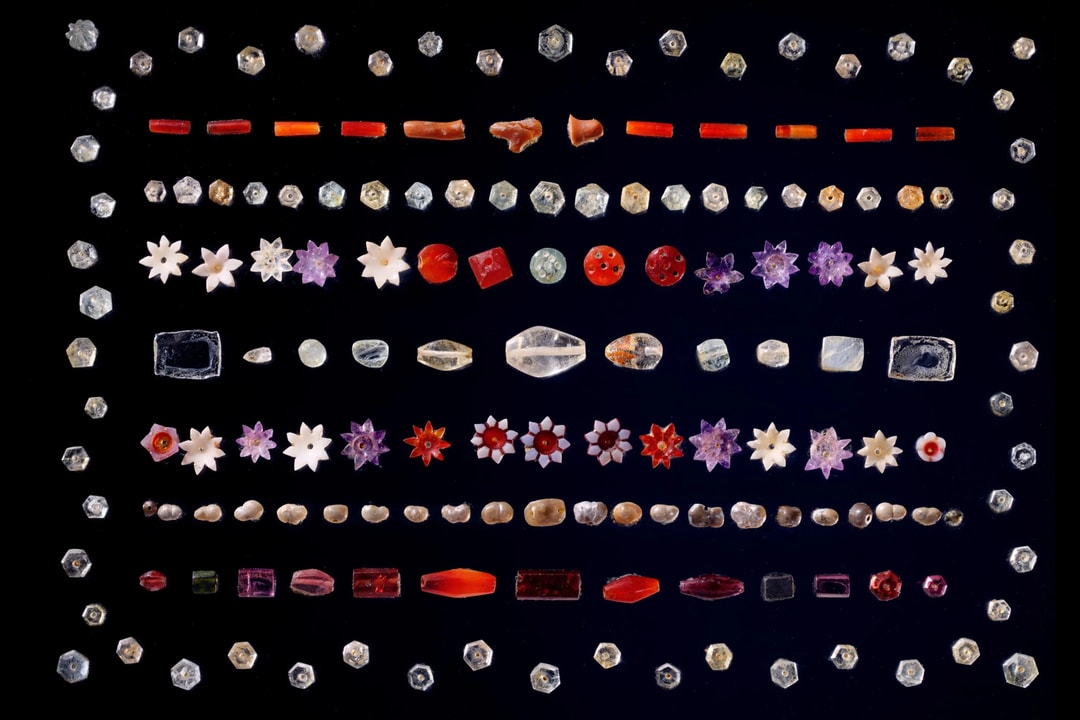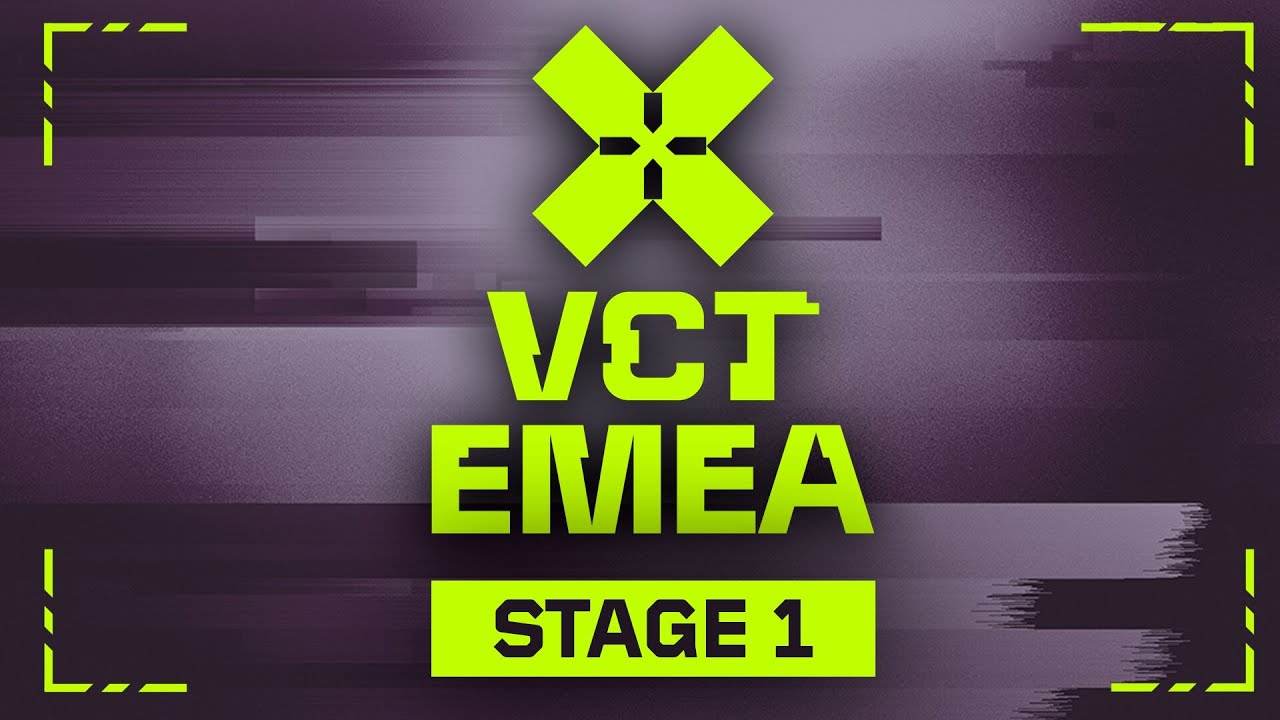Doom: The Dark Ages is evolving the tried & true FPS behemoth
Image credit: Steam TL;DR Doom: The Dark Ages is a prequel to Doom (2016) and Doom: Eternal from 2020. It emphasizes a “stand and fight” mentality with a shield and parry-based melee play. While not open-world, the game is said to feature “sandbox” elements in its level design. New weapons include the Skull Crusher, Nailgun, … Continued The post Doom: The Dark Ages is evolving the tried & true FPS behemoth appeared first on Esports Insider.
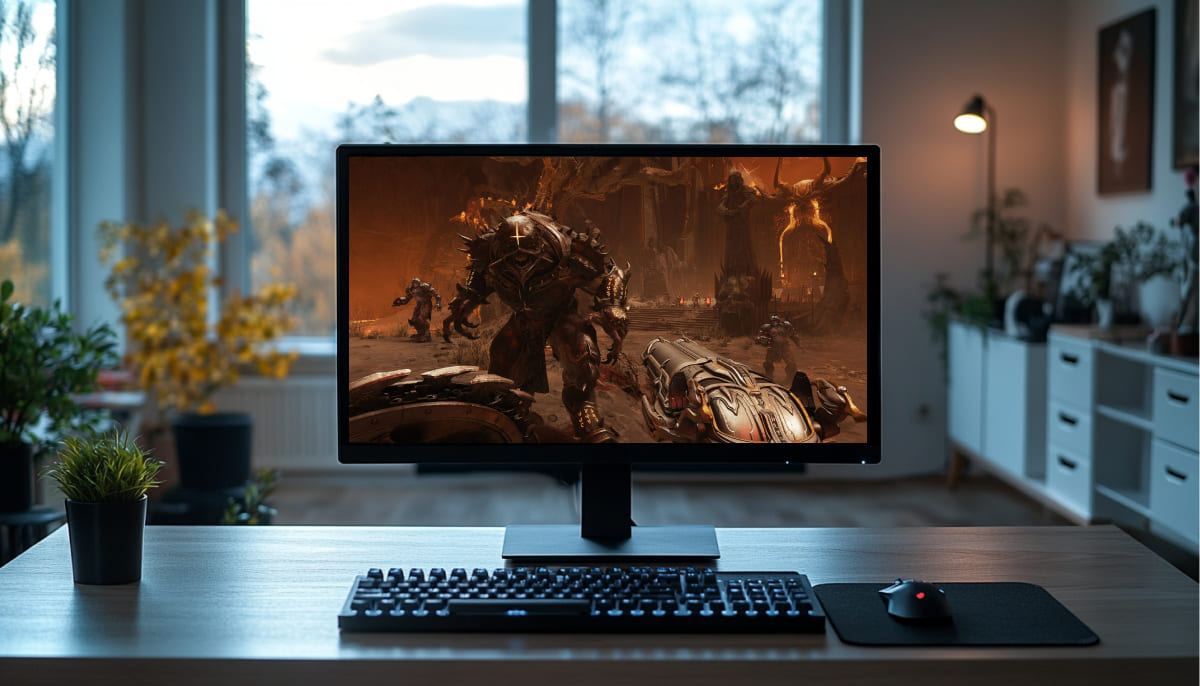
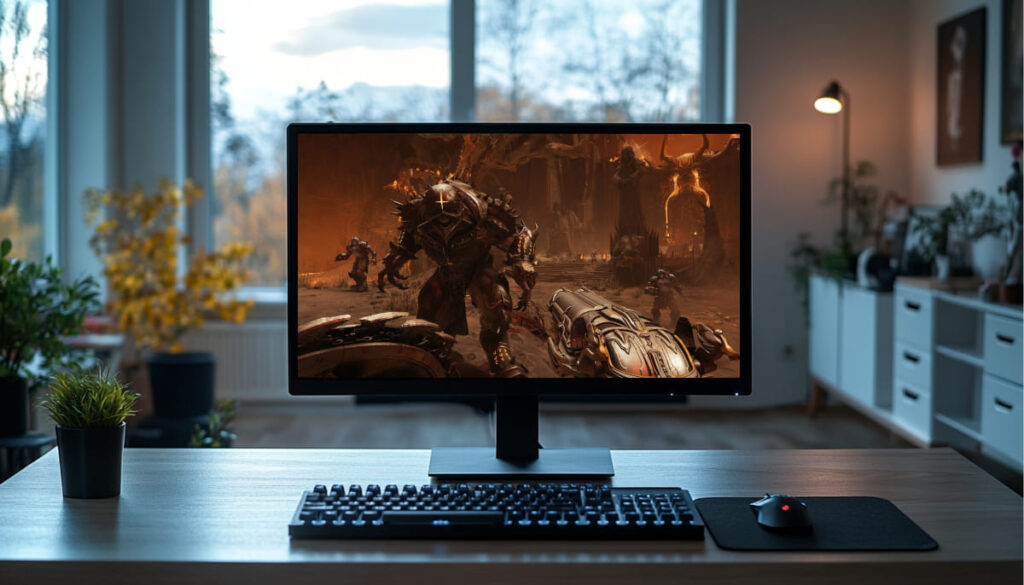
TL;DR
- Doom: The Dark Ages is a prequel to Doom (2016) and Doom: Eternal from 2020.
- It emphasizes a “stand and fight” mentality with a shield and parry-based melee play.
- While not open-world, the game is said to feature “sandbox” elements in its level design.
- New weapons include the Skull Crusher, Nailgun, Saw Shield, and Flail.
- The Doom Slayer will be able to mount Cyber Dragons and control giant mechs.
- Id Software has greatly improved its accessibility options, so more people can play it.
Doom: The Dark Ages’ release date is just around the corner, as you’ll be able to play the hotly anticipated prequel shooter starting on May 15, 2025. Whether you’ve been on the hype train since the title was first announced back in June last year, or are merely curious to see how it compares to the two other games in the reboot trilogy, we’re going over everything you need to know that makes the third entry in the new franchise so distinct.
While the Doom: The Dark Ages trailers have done a good job of setting the tone and feel for the Doom Slayer’s ascent, there’s a lot of nuances to go over with how it fits into the lore, the revised gameplay, different approach to level design, updated accessibility options, and more that you need to know before you grab your mouse and keyboard and go demon hunting. Let’s get into it.
What is Doom: The Dark Ages about?

Doom: The Dark Ages is a narrative prequel to Doom (2016) and explores how the legend of the Doom Slayer came to be and why he’s the most feared thing in Hell to begin with.
The game began development shortly after Doom: Eternal’s expansion, The Ancient Gods, was released. In brief, you control the Doom Slayer like never before, fighting against the evil forces on Argent D’Nur (where the Sentinels originated).
Whereas the first Doom game was set primarily on Mars, and Doom: Eternal takes place mostly on Earth, The Dark Ages takes things back to the medieval era, with techno-infused flair.
Doom: The Dark Ages’ gameplay mechanics & combat innovations
Straight off the bat, Doom: The Dark Ages gameplay is much different to what we’ve seen from Doom (2016) and Doom: Eternal.
A shift in pacing & philosophy
Speaking to the pacing, it’s clear that it’s a much more deliberate and slower game than its immediate predecessor, which favoured high-octane action from its movement instead. We can see the ethos of the Doom trilogy progress from the reboot to the latest release.
Doom (2016) asked you to “run and gun”, Doom: Eternal demanded that you “jump and shoot”, and now Doom: The Dark Ages insists that you “stand and fight.”
Weapons: Old favourites & brutal newcomers
We can see this new design philosophy present in Doom: The Dark Ages’ weapons, too. The Super Shotgun returns with a facelift, as does the Chainsaw, and the Plasma Rifle; however, it’s the new additions to the Slayer’s arsenal that we’re most excited about.
We’re fond of the new brutal Skull Crusher, which spits out cranial shards at Mach speed, the devastating Flail for up-close ripping and tearing, a Nailgun to skewer enemies into the environment, and, of course, Cyborn Dragons to mount for added versatility.
We’ve seen the Kaiju-inspired giant mechs, which could add a further dimension to gameplay not seen in the series yet.
The shield mechanic: Defense & parrying
It may sound like a minor tweak, but that’s before noticing that your primary method of attack is also defence; The Doom Slayer now has a multi-faceted shield in his left hand, which can be used offensively as well, such as for execution moves, thrown as a projectile, or used for parrying.
Because defence is just as big a part as attack in Doom: The Dark Ages’ combat, we need to understand exactly how the shield’s systems work. Naturally, you can block with it, but the true strength of this deadly sidearm is its application for parrying. Any attacks that flash red must be blocked or avoided; however, anything green is ripe to be thrown right back at your enemy.
Melee and parrying are a massive part of the core to this title, as you have to get up close and personal with your foes, whether that’s attacking from the ground or coming down from the air.
Id Software knew it had gone as far as it could go with the high-flying action of Eternal; now, The Dark Ages takes a more stripped-back, but unique, approach to the demon slaughter, encouraging you to face your fears head-on.
Doom: The Dark Age’s exploration & level design

While Doom: The Dark Ages is not an open-world game, it’s said that the title will embrace a more open-ended world with its approach to level design. With the incorporation of the mountable Cyber Dragons, you’ll have more to explore and things to see that are not just mowing down hordes of enemies through linear corridors and hallways, or in tight arenas, as with the Doom (2016) game.
The Dark Ages has been likened to the openness of the Halo series, with a little more breathing room to explore the battlefields and seek out the intricacies of the world in a way that the two previous titles did not allow for.
Some fans have expressed concern about the more open-ended traversal of Doom: The Dark Ages, instead hoping to return to a maze-like formula instead of a “semi-open world approach” that it’s being likened to.
The game’s director, Hugo Martin, described some of the levels as a “sandbox” and said that “exploration is a huge part of the game,” so it will be a substantial change for fans as it embraces some more of this modern game design.
Technical & aesthetic advancements in Doom: The Dark Ages
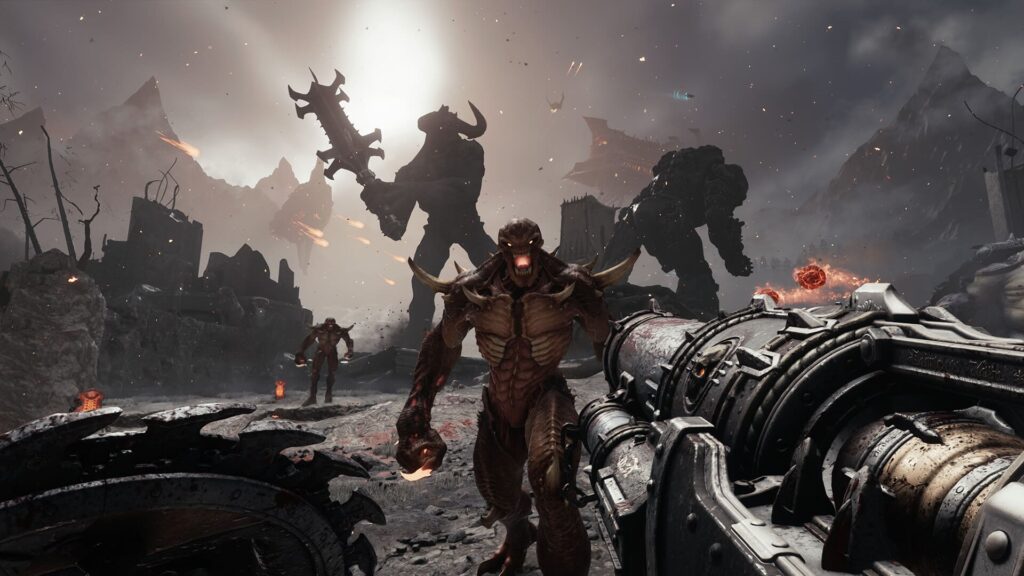
If there’s one thing to be said about the reboot series, is that they’re incredibly well-optimized and gorgeous in motion, and that looks to be the case with the new Doom game. Doom: The Dark Ages is purpose-built on the brand-new Id Tech 8 game engine, featuring dynamic ray tracing, softer shadows, higher-fidelity image quality, and increased gore.
While Doom: Eternal was certainly a looker (and hasn’t skipped a beat in five years), there’s a distinct upgrade in the two games when contrasted side-by-side. It’s worth noting that The Dark Ages features a grittier, darker art style, with gothic tinges, than the colourful and over-the-top aesthetics of the two previous games, but it certainly fits the overall vibe.
As expected, with a higher fidelity comes the need for increased hardware to handle the load, and we can see this by analyzing Doom: The Dark Ages’ system requirements.
At the bare minimum, you’ll need the likes of the AMD Ryzen 7 3700 / Intel Core 10700K CPU paired with a ray-tracing enabled GPU, such as the Nvidia RTX 2060 or AMD Radeon RX 6600 for 60fps at 1080p.
However, the recommended settings push the envelope further by demanding the likes of an AMD Ryzen 7 5700X / Intel Core i7-12700K with an Nvidia RTX 3080 or AMD Radeon RX 6800 (or higher) for 60fps in 1440p. Things dial up significantly when targeting 4K, so if you’re running a weaker PC rig, then you might want to get this one on console, instead; sorry.
| Component | Minimum Settings | Recommended | Ultra 4K |
|---|---|---|---|
| CPU | AMD Zen 2 or Intel 10th Generation CPU | AMD Zen 3 or Intel 12th Generation CPU | AMD Zen 3 or Intel 12th Generation |
| GPU | Nvidia RTX 2060 / AMD Radeon RX 6600 | Nvidia RTX 3080 / AMD Radeon RX 6800 | Nvidia RTX 4080 / AMD RX 7900 XT |
| RAM | 16GB | 32GB | 32GB |
| Storage | 100GB NVMe SSD | 100GB NVMe SSD | 100GB NVMe SSD |
| OS | Windows 10/11 64-bit | Windows 10/11 64-bit | Windows 10/11 64-bit |
| Performance* | 1080p @ 60fps (Low) | 1440p @ 60fps (High) | 2160p @ 60fps (Ultra) |
Sources: Slayers Club / Steam
Doom: The Dark Age’s accessibility & customization
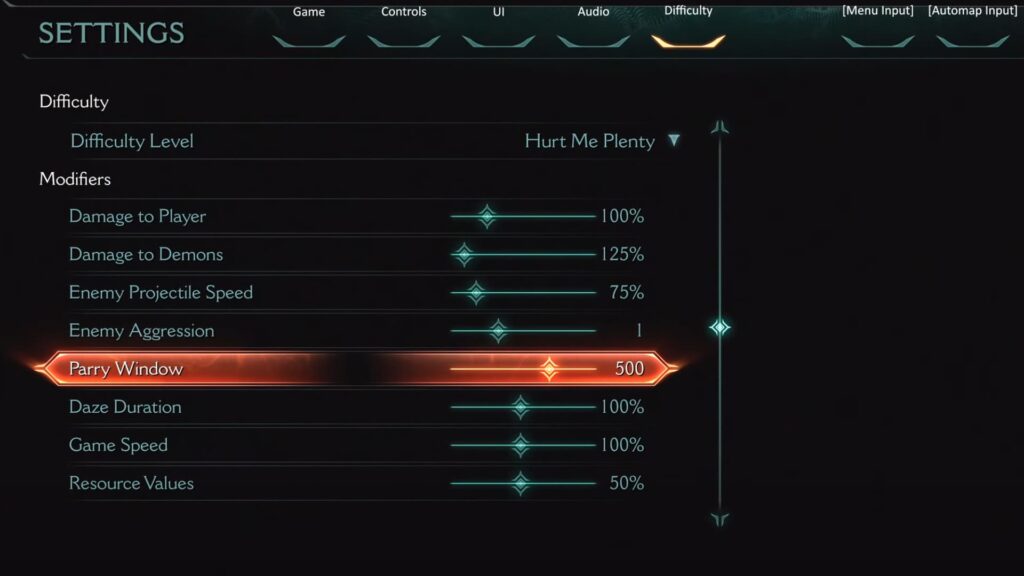
One thing we can immediately praise about the Dark Doom is its revamped accessibility options and customisation, which have been stepped up from Doom: Eternal significantly. Given the pace of the title can be overwhelming, Id Software has made the game incredibly customisable with dedicated sliders within the core difficulty levels; modifier sliders can adjust damage to players and demons, as well as the enemy projectile speed and aggression, broaden (or narrow) the parry window and daze duration, speed up (or slow) the game speed, and bump up the amount of in-game resources available to you.
It’s also highly likely that Doom: The Dark Ages will include a Colorblind Rendering Mode that was also present in Doom: Eternal, with its dedicated sliders of intensity, strength, contrast, and brightness, meaning that those who are visually impaired can still enjoy the action.
The game also included options for target snapping, aim assist strengths, weapon bob, screen shake strength, and a tweakable UI, which we’re anticipating will return for the prequel. Doom: The Dark Ages gameplay is much slower than the two games that preceded it, making it more of an ideal fit for those who may have been intimidated beforehand.
Does Doom: The Dark Ages have esports potential?
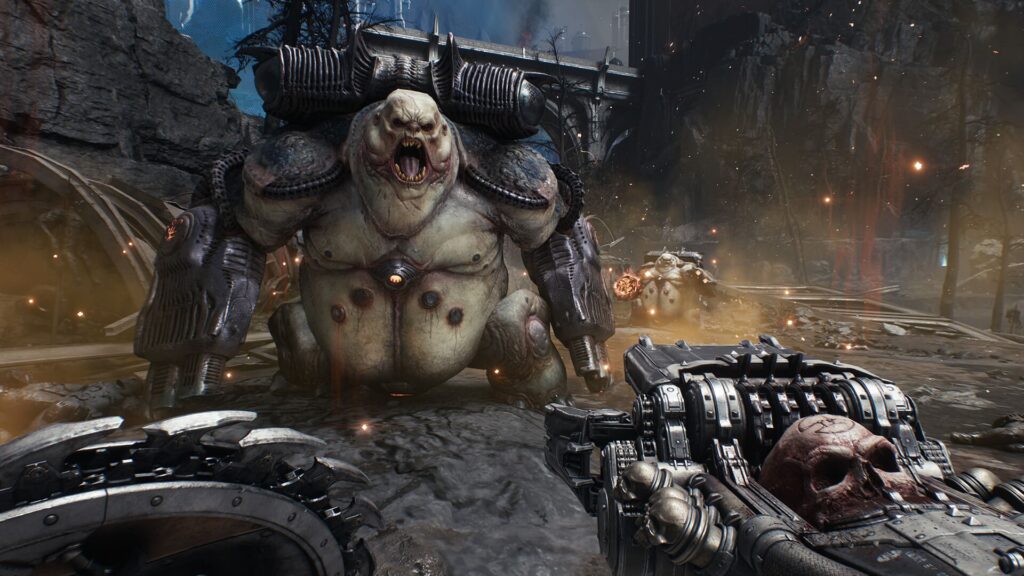
While the Doom game from 2016 had a surprisingly robust suite of multiplayer modes, Doom: Eternal, four years later, forgoed multiplayer altogether to instead hone in on its more in-depth mechanics for a single-player narrative. Doom: The Dark Ages repeats the trend, with no multiplayer modes to speak of, doubling down on a more fleshed-out campaign instead. It’s disappointing to some extent, seeing as the mechanics could be well-suited for competitive play.
We can look back at Doom (2016) for how the multiplayer mode worked with the Id Tech 6 shooter. There were six game modes in the first of the reboot trilogy with Team Deathmatch, Soul Harvest, Clan Arena, Freeze Tag, Domination, and Warpath, and we saw a handful of the weapons from the single-player game make their way into the competitive mode; the Burst Rifle, Hellshot, Lightning Gun, and Vortex Rifle were available as standard with the Mark V Pistol, Reaper, and Grenade Launcher later being added as DLC.
Despite being nearly a decade old, there are still around 2,000 people who play the game every day, with many servers active for the multiplayer action. For all we know, with enough demand, multiplayer may be included in the newest Doom game in a future update; stranger things have happened.
Conclusion
Doom: The Dark Ages looks like a revolution for the long and storied FPS franchise. Instead of trying to outdo the heights of Doom: Eternal or reinvent the wheel, Id Software has gone back to the drawing board to bring us a wholly new experience.
We’ve never had a Doomguy or Doom Slayer who was this physical, thanks to the new boots-on-the-ground focus on melee and parrying, combined with the brutal new Medieval weapons and settings, making for a title that should pleasantly surprise old-school fans and newer fanatics alike.
FAQs
Despite ZeniMax Media (which owns Bethesda and Id Software) being bought by Xbox, Doom: The Dark Ages is also coming to PS5 and PC on launch as well.
Yes, Doom: The Dark Ages is a prequel to the events of Doom (2016) and tells the story of the Doom Slayer’s origin.
Yes, Doom: The Dark Ages is coming to Xbox Game Pass on Day One on PC and Xbox Series X/S on May 15, 2025, according to the confirmed Doom release date.
No, Doom: The Dark Ages is a prequel to the Doom reboot from 2016 narratively, but many of its mechanics and systems are lifted from Eternal.
References
- https://www.gamedeveloper.com/design/doom-the-dark-ages-development-details-shine-light-on-the-state-of-modern-triple-a-production (GameDeveloper)
- https://www.reddit.com/r/Doom/comments/1i903kx/concerns_for_the_dark_ages/ (Reddit)
- https://slayersclub.bethesda.net/en-EU/article/doom-the-dark-ages-pc-specs (Slayersclub.bethesda)
- https://store.steampowered.com/app/3017860/DOOM_The_Dark_Ages/ (Store.steampowered)
The post Doom: The Dark Ages is evolving the tried & true FPS behemoth appeared first on Esports Insider.
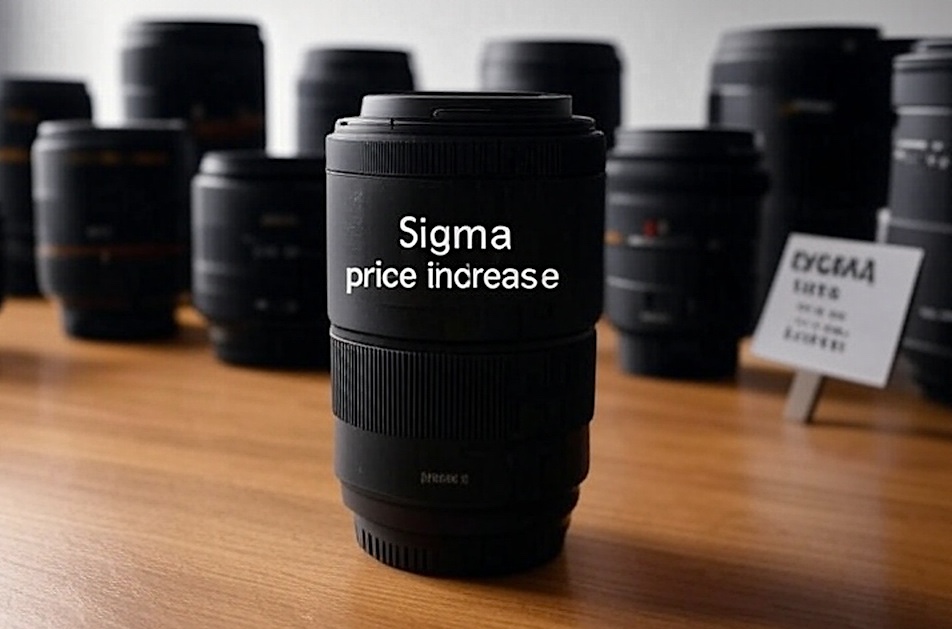



































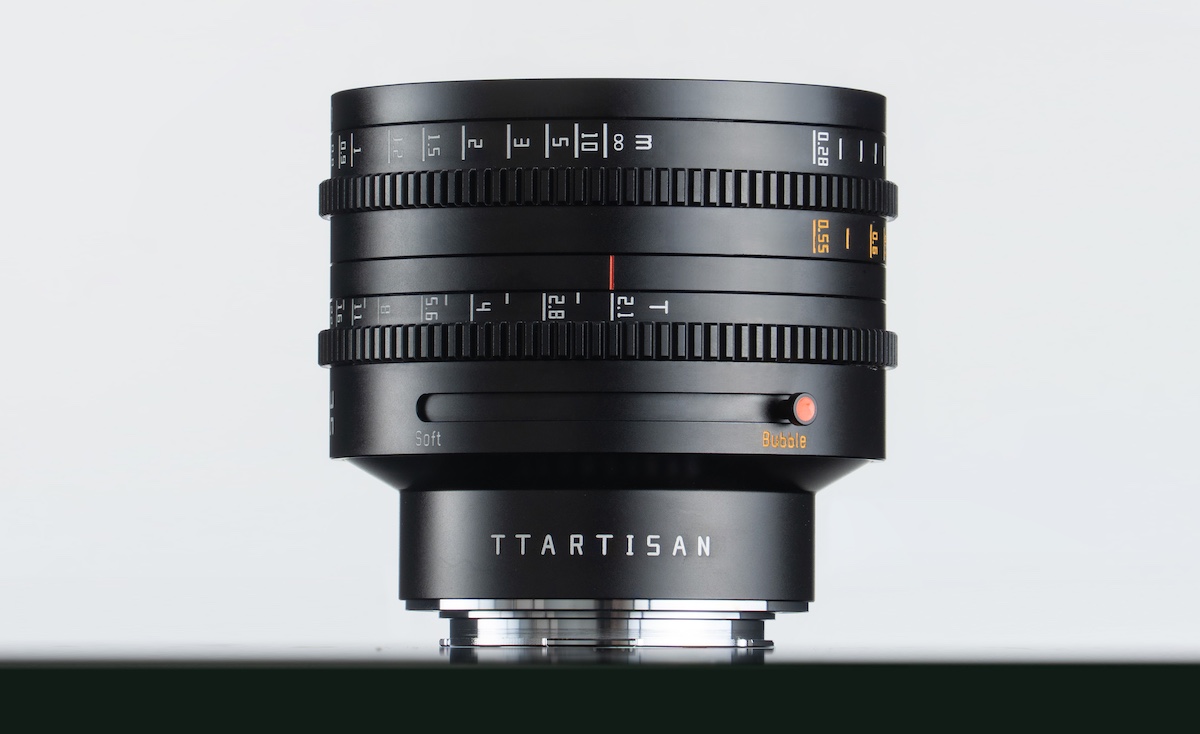
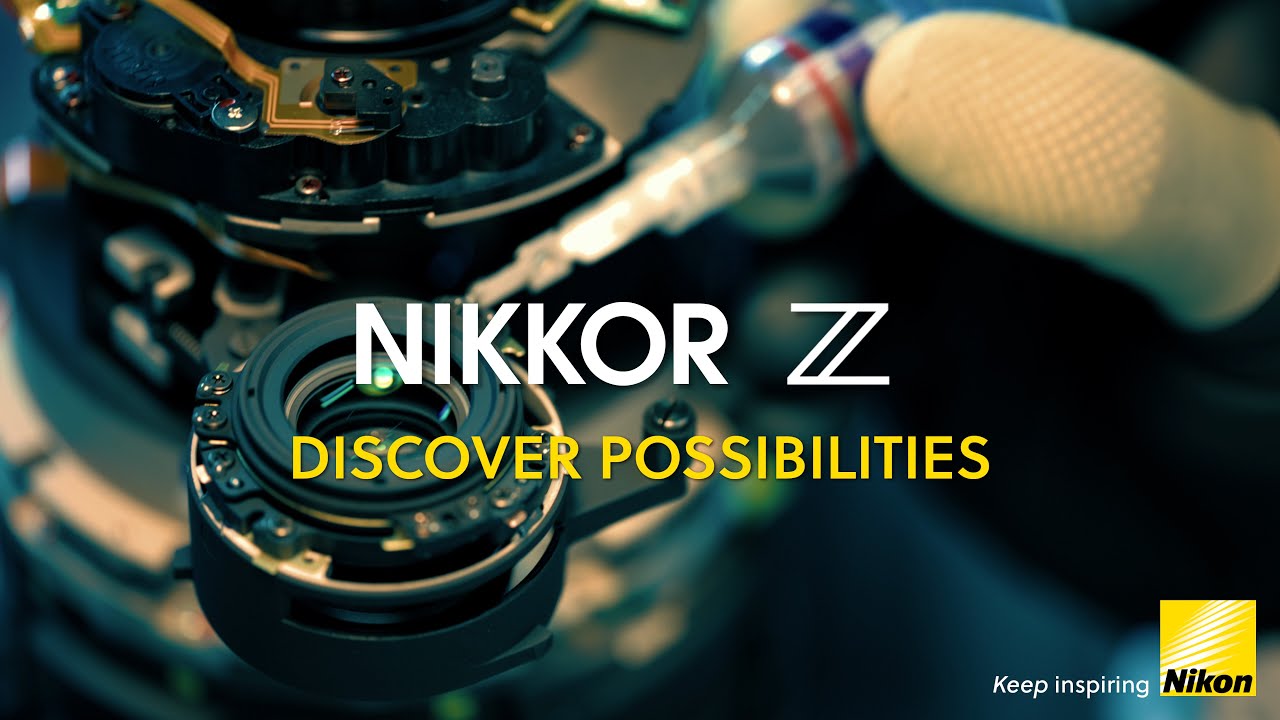
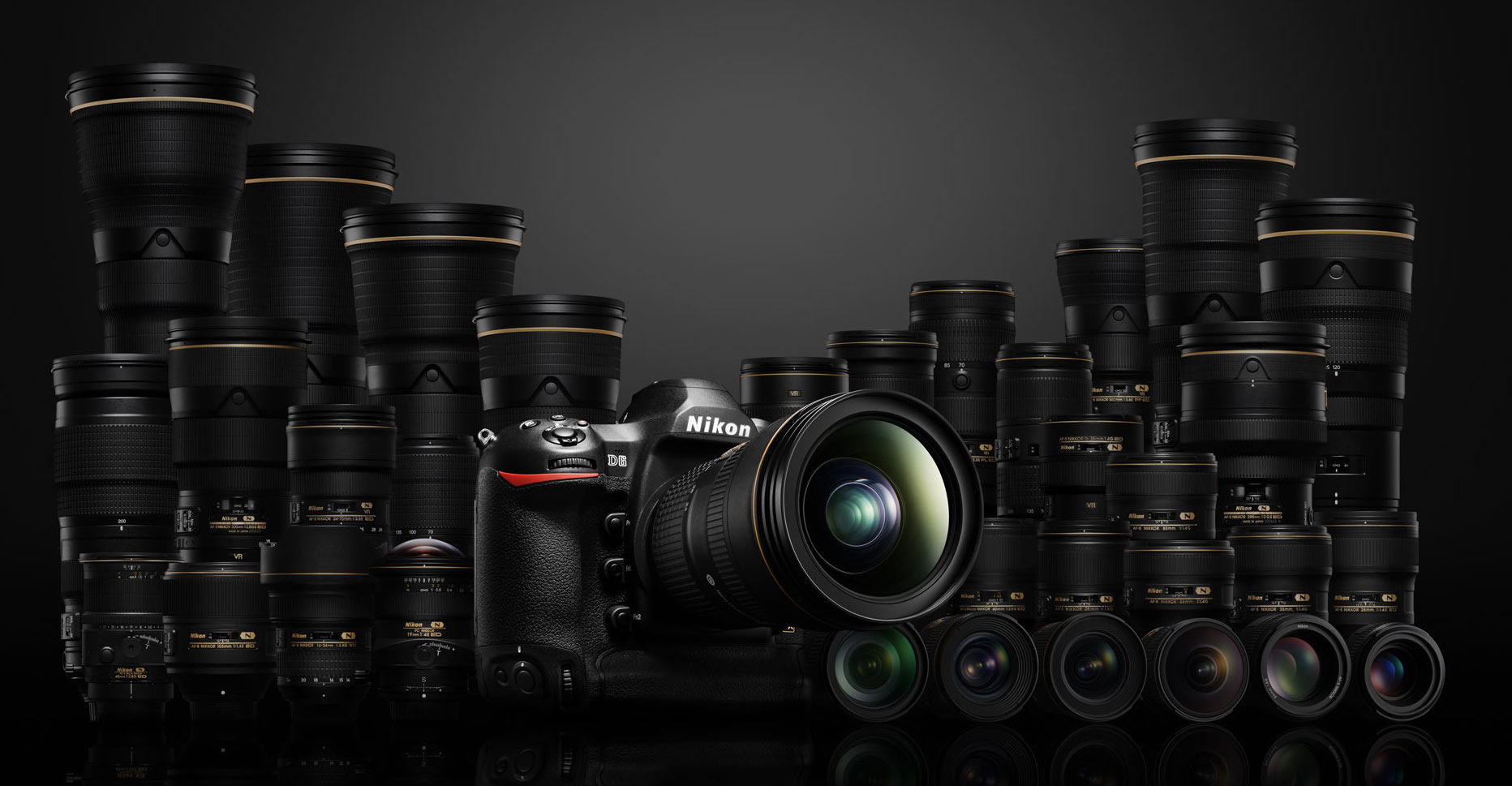






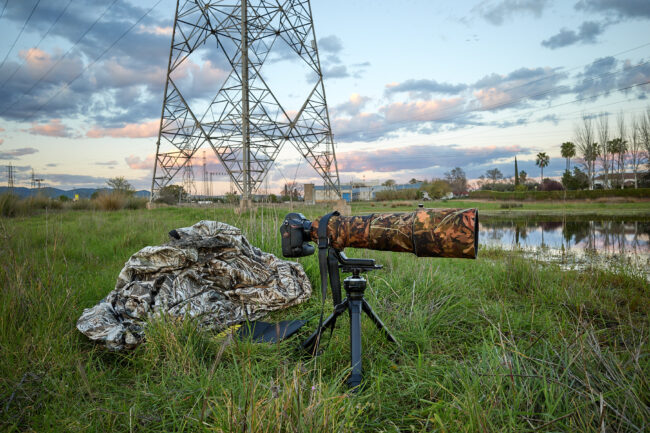










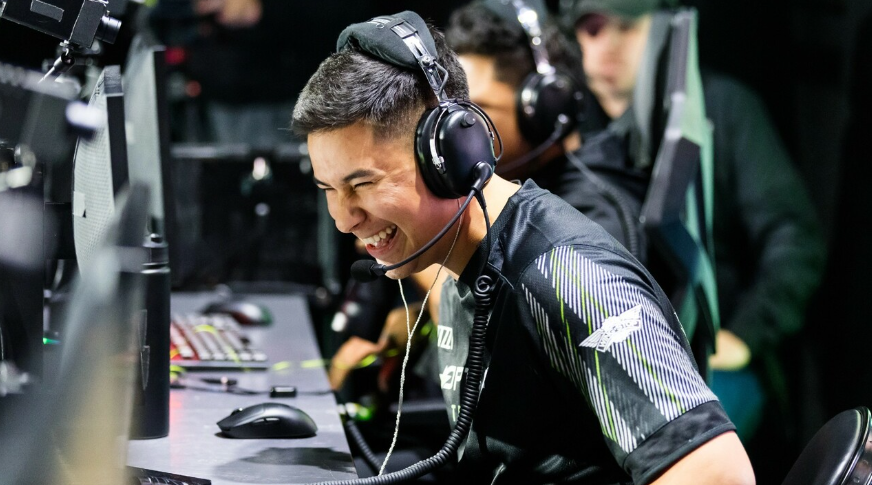
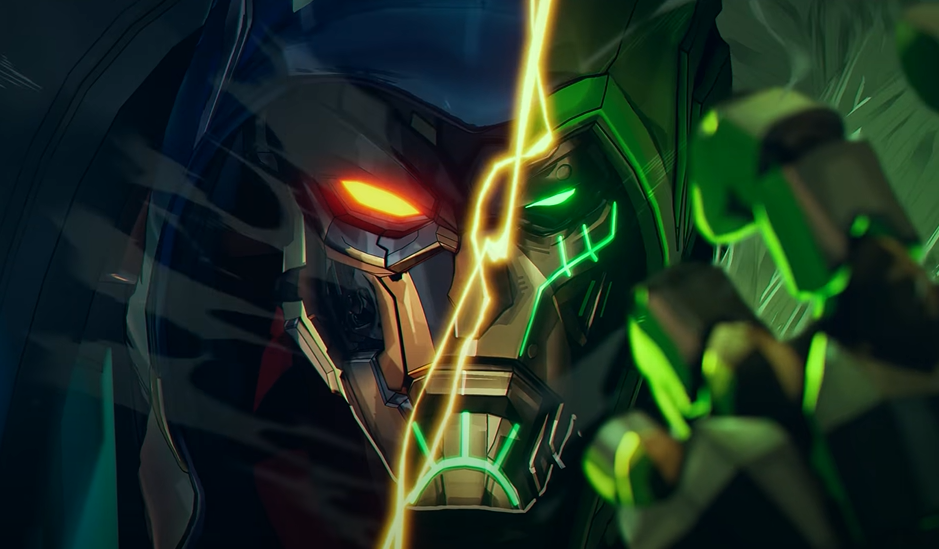














































































































.jpg)







